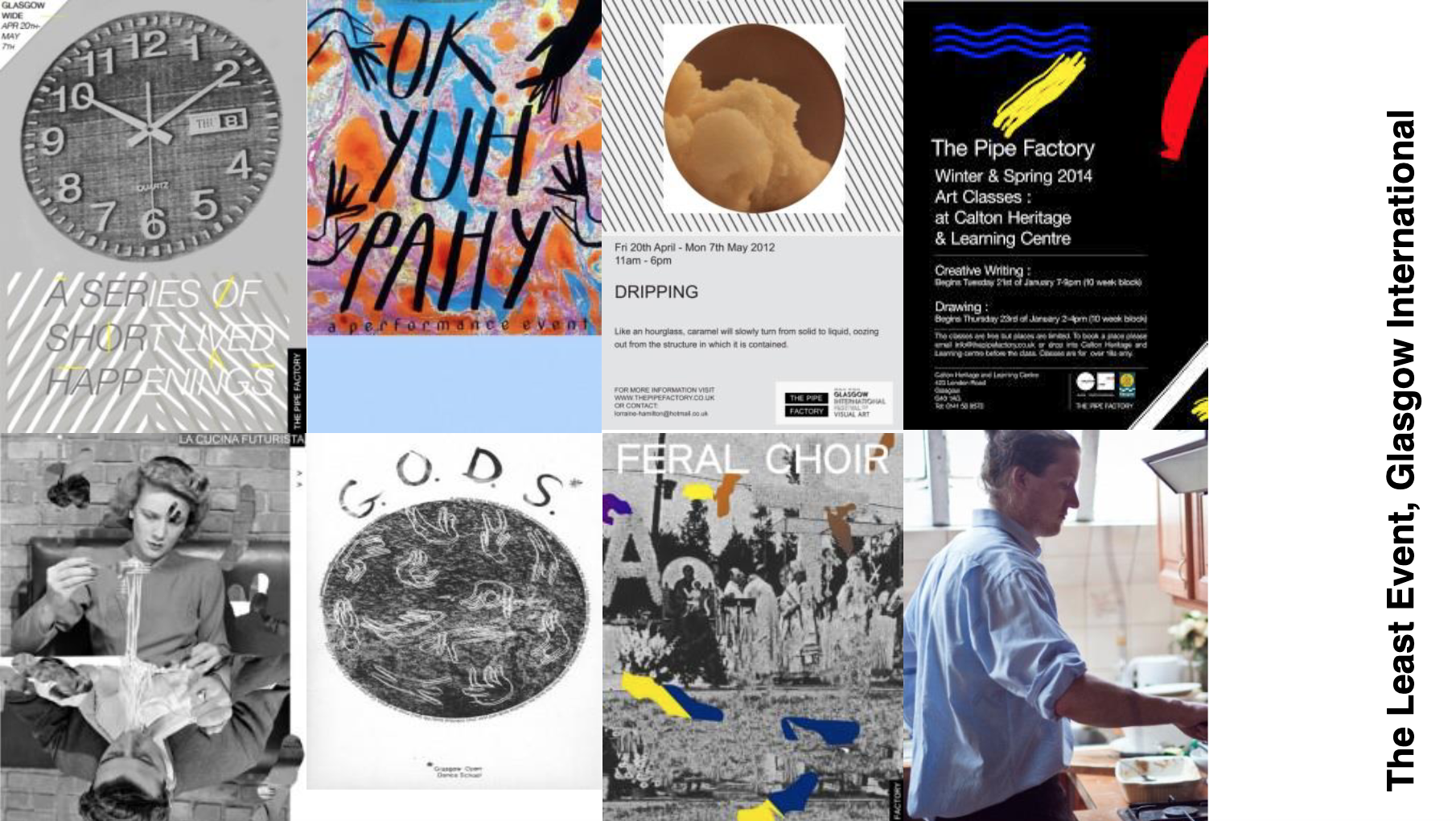Group Project Planning
In this week’s classroom session, we were introduced to numerous artistic collaborative initiatives, which served as a reminder that, in addition to developing our own curatorial projects, it is equally important to collaborate with our peers to ensure smooth progress. Through the case study of various collaborative art projects, I witnessed the synergistic effect of collaboration, where the collective outcome surpasses the sum of its individual parts. Collaboration allows individuals to recognize and explore their strengths, benefiting all participants. Particularly in artistic projects, where collaborative projects serve as a collection of diverse ideas, showcasing the richness of multiple artistic projects.

As I majored in graphic design during my undergraduate studies, I chose to join the promotion team for our group project. My main responsibility was to design the guidebook for the entire exhibition. Although this task was relatively small compared to the overall exhibition, it still required an internal division of labor and collaboration. The four of us were assigned distinct roles, including collecting promotional texts from everyone, formatting and typesetting, and proofreading.
Theme development
I also gained valuable insights into further developing my own theme through communication with peers whose topics are related to mine. Two of my peers also chose topics related to society, with one focusing on social identity and the other on the collective memory of pain. They raised valid concerns about the lack of coherence and depth in exploring multiple social issues depicted in different films. Their inquiry was thought-provoking, as I too struggled with the challenge of linking four distinct movie themes. As a result, I have decided to narrow my focus to the microfilm itself instead of different social issues and explore how micro movies can serve as a medium for reflecting social realities.
according to Alexandre Astruc, “It(the cinema) is gradually becoming a language. …That is why I would like to call this new age of cinema the age of camera-stylo (camera-pen). This metaphor has a very precise sense. By it I mean that the cinema will gradually break free from the tyranny of what is visual, from the image for its own sake, from the immediate and concrete demands of the narrative, to become a means of writing just as flexible and subtle as written language.” (Alexandre Astruc, THE BIRTH OF A NEW AVANT-GARDE: LA CAMERA-STYLO, 1948)
Based on Alexandre Astruc’s concept of the camera-pen, cinema is gradually evolving into a language that allows for personal expression. Artists I worked with are utilizing different and creative shooting and editing techniques to convey their thoughts.
For instance, Xinyi Shen’s microfilm is composed of several one-to-two-second shots that provide a glimpse into the everyday lives of the younger generation. Jiawen Wu incorporates metaphors into the film, adding depth and symbolism. Yunxia Wang’s microfilm follows a clear and concise storyline, reminiscent of traditional feature films. Xingchen Zhang skillfully blends color and black-and-white footage to create a distinct sensory experience.
These artists exemplify the power of microfilms as a tool for social commentary and change. I hope that this exhibition will inspire a new generation of filmmakers, empowering them to create thought-provoking works that contribute to meaningful social discourse and positive change.

